The Hyperspectral Imaging System Market is currently characterized by a dynamic competitive landscape, driven by advancements in technology and increasing applications across various sectors, including agriculture, environmental monitoring, and defense. Key players such as Headwall Photonics (US), Specim, Spectral Imaging Ltd. (FI), and Teledyne Technologies Incorporated (US) are at the forefront, each adopting distinct strategies to enhance their market positioning. Headwall Photonics (US) focuses on innovation, particularly in developing compact and cost-effective hyperspectral sensors, which positions them favorably in the growing demand for portable imaging solutions. Meanwhile, Specim, Spectral Imaging Ltd. (FI) emphasizes partnerships with research institutions to foster technological advancements, thereby enhancing their product offerings and market reach. Teledyne Technologies Incorporated (US) is pursuing a strategy of regional expansion, particularly in Asia-Pacific, to capitalize on emerging markets, which collectively shapes a competitive environment that is increasingly collaborative yet fiercely competitive.
The business tactics employed by these companies reflect a nuanced understanding of market demands. Localizing manufacturing and optimizing supply chains are prevalent strategies aimed at reducing costs and improving responsiveness to market changes. The competitive structure of the hyperspectral imaging market appears moderately fragmented, with several players vying for market share, yet the influence of key players is substantial, as they set technological standards and drive innovation.
In August 2025, Teledyne Technologies Incorporated (US) announced a strategic partnership with a leading agricultural technology firm to develop hyperspectral imaging solutions tailored for precision farming. This collaboration is significant as it not only expands Teledyne's product portfolio but also positions them to leverage the growing trend of digital agriculture, where data-driven insights are paramount for crop management.
In September 2025, Headwall Photonics (US) launched a new line of hyperspectral cameras designed for drone applications, enhancing their capabilities in remote sensing. This move is strategically important as it aligns with the increasing adoption of drones in various industries, thereby opening new revenue streams and reinforcing Headwall's commitment to innovation in imaging technology.
In July 2025, Specim, Spectral Imaging Ltd. (FI) secured a contract with a European environmental agency to provide hyperspectral imaging systems for monitoring water quality. This contract underscores Specim's focus on sustainability and environmental applications, which are becoming increasingly critical in regulatory frameworks and public policy, thus enhancing their market credibility and visibility.
As of October 2025, the competitive trends in the hyperspectral imaging market are heavily influenced by digitalization, sustainability, and the integration of artificial intelligence. Strategic alliances are becoming more prevalent, as companies recognize the value of collaboration in driving innovation and expanding market reach. Looking ahead, it is likely that competitive differentiation will increasingly pivot from price-based strategies to those centered on technological innovation, reliability of supply chains, and the ability to deliver tailored solutions that meet specific industry needs.
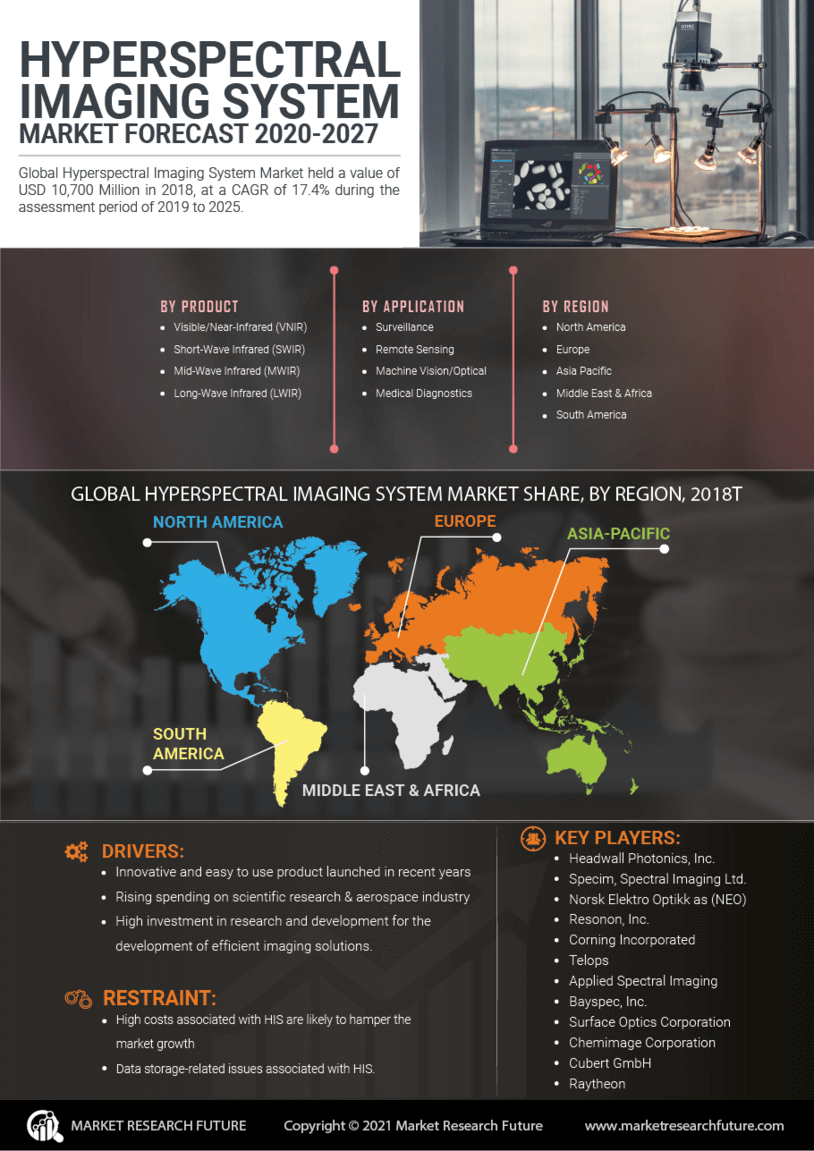

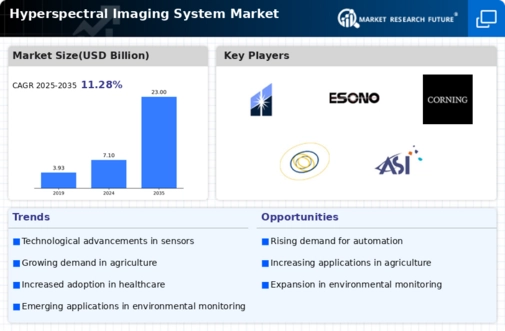
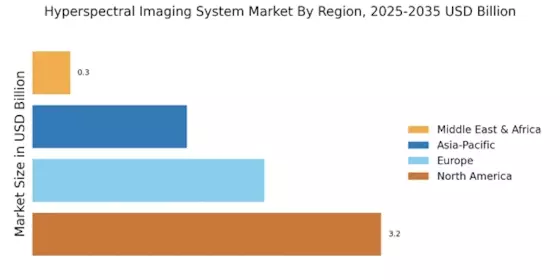


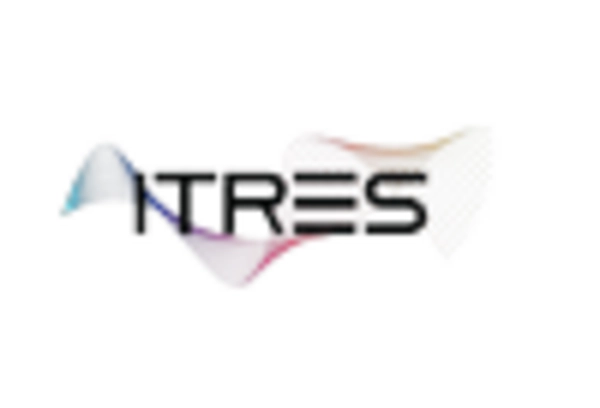
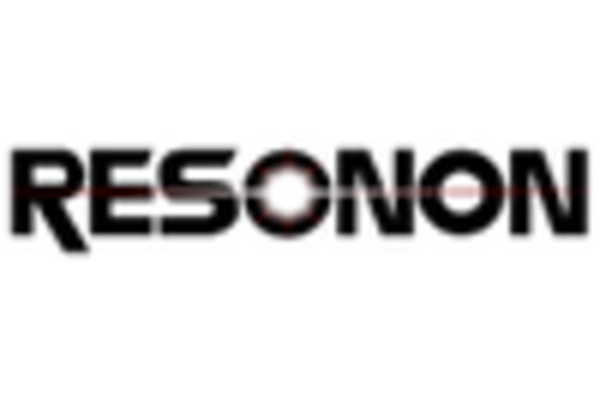
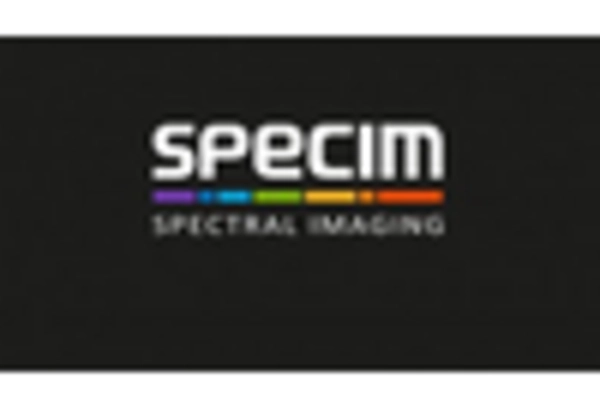
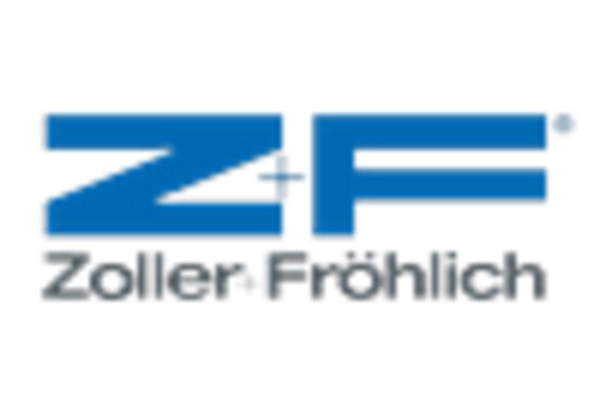








Leave a Comment